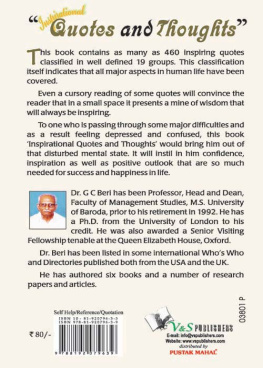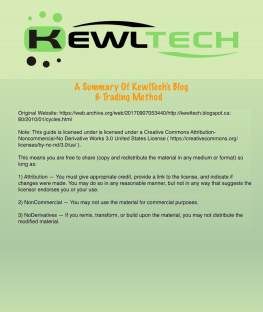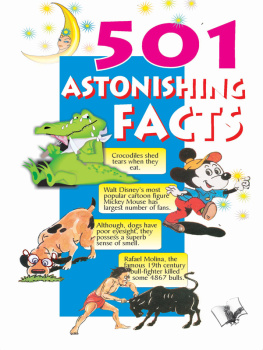Since Eighteenth Century European Scholars have taken note of this language. Voysey published a vocabulary of this language in 1844 A.D. Dalton published an account of Korku People in 1872 in his Ethnology of Bengal. Drake wrote a grammar (probably for the first time) in 1903. Linguistic Survey of India (1906) has a very brief skeleton on this language. In 1914, Ramsey published a vocabulary of this language, and later in 1940 a Korku Hindi English dictionary. In the early sixties of this century Zide worked on this language (under the so-called Munda project). Almost at the same time Bhattacharya collected materials on this language from several points, which he used in his various articles and a monograph (1975). Also a recent study on Korku language by K.S. Nagaraja is worth praise. Korku described by Nagaraja is from Maharashtra and there are gaps in his description.
[Link to Bibliography]
LINGUISTIC CLASSIFICATION
Genetic Classification
In 1906 for the first time Wilhelm Schmidt discovered the Austro-Asiatic family. Korku language is concluded under Austro-Asiatic language family. Austro-Asiatic language family is divided into two groups, i.e Mon-Khmer and Munda group. Again Munda group is divided into two sub-groups, i.e., South Munda group and North Munda group. Korku language is considered as a language of North-Munda group.
Austro-Asiatic Munda North Munda Korku MuwasiAnother classification:
Austric Language Family Austro-Nesian Austro-Asiatic Munda Mon-Khmer Nicobarese South Munda North Munda Khasi Kharia Juang Kherwari Korku Mundari (Muwasi) Santali
In 1975 S. Bhattacharya provided a classification based mainly on his own fieldwork on different Munda languages. He identified ten independent Munda Languages and six important dialects. These languages are grouped into two branches and sub grouped further. This classification is graphically represented in the following.
Munda
Lower Munda Upper Munda
Gutob- Bonda Parengi - Sora Juang- Kharia Kherwari Korku Gutob Bonda Didey Parengi Sora Juang Kharia Kherwari Korku (Remo) (Gtah) (Gorum) 1.Santali (Muwasi) (Birhor) (Asuri) 2. Mundari (Ho) (Korwa)
Areal Classification
Korku language is mainly spoken in a vast area of Madhya Pradesh and Maharashtra. Korku inhabitants are found in Nimar, Betul, Khandwa, Berar, Hoshangabad, Chhindwara and also in small numbers in Indore, Dewas and Bhopal districts of Madhya Pradesh and in Amravati, Akola, Wardha, Yeotmal and Chanda districts of Maharashtra. It has only one dialect named as Muwasi, which is spoken in Chhindwara district of Madhya Pradesh. Grierson states Nahali dialect of Nimar is now a mixed form of speech and it has some connection with Korku. It does not differ much from general Korku. Due to the influence of Hindi and Marathi, most of the Korku speakers are bilingual and also a large number of vocabularies of Hindi and Marathi are found in this language. A few Korku speakers are also found in other states like Tamil Nadu, West Bengal, and Punjab etc.
Typology:
Korku is a language of North-Munda group of Austro-Asiatic family. Thus, it exhibits many common features with other Austro-Asiatic languages, like, three way number system (Singular, Dual and Plural) with animate and inanimate distinction. Except kinship terms gender is not marked for nouns. In case of numerals it has vigesimal system of counting like other Munda languages. The use of affixes makes this language an inflectional language. Suffixes also are more grammatical, such as the marker /-ten-/ is used for both instrumental and ablative case inflection as well as formation of adverbs too. Basic sentence word order is Subject-Object-Verb (SOV). Only Past vs. Non-Past tense distinction have been found in Korku.

top
Copyright CIIL-India Mysore
II Structure
PHONOLOGY
Phonemes
Vowels-
| Height of the tongue | Position of the tongue | Front | Central | Back |
| Lip position | Unrounded | Unrounded | Rounded |
| High |
| Lower High | i | u |
| Mid | e | o |
| Lower Mid | E | O |
| Low | a |
Consonants-
| Manner of articulation | Place of articulation |
| Bilabial | Alveolar | Retroflex | Palatal | Velar | Glottal |
Stops
vl.unasp.
vl.
asp.
vd.unasp
vd.
asp. | p
p
b
b | t
t
d
d |
| c
c
j
j | k
k
g
g |
| Nasals | m | n |
| Fricatives | s | h |
| Trills | r |
| Flap |
| Laterals | l |
| Frictionless Continuants | w | y |
Vowels
There are 10 vowels in Korku. All the vowels are voiced and have been described below with their allophones, if any.
// Higher-mid central unrounded voiced vowel Initially- /m/ you (sg), /naj/ crops, /yom/ motherMedially- /bdra/ cloud, /a ghma/ rainFinally-
data is not available/a / Low central unrounded short voiced vowelInitially- /aa/ food, /ao/ true, /ari/ happiness, /an/ good Medially- /rao/ night, / jao/ religion, /laba/ lieFinally- /ya/ day, /ola/ south, /bnsoba / uglyOpen vowels of particular syllables as occurred in the language contained the vowels are largely closed syllables.
/e/ Mid front unrounded voicedInitially- /ea/ again Medially- /nnc/ open, /nene / cut (animate), /beni/ foot standFinally- /ambe/ mango, /sge/ bring, /be/ get (up)/ stand up
/E/ Mid front unrounded voiced long vowelInitially- /Ena/ mirrorMedially- /kEci/ scissors, /bEra/ deaf, /pEsa/ money Finally-
data is not available// High front unrounded short vowel.This vowel occurs in all the positions. Illustrative examples are: -Initially- /lajo/ treatment, Medially- /gj/ sleep, /som/ thread, /ki/ field, /cca/ tamarindFinally- /na/ barber, /sknmni/ perfume, /ni/ sweet














